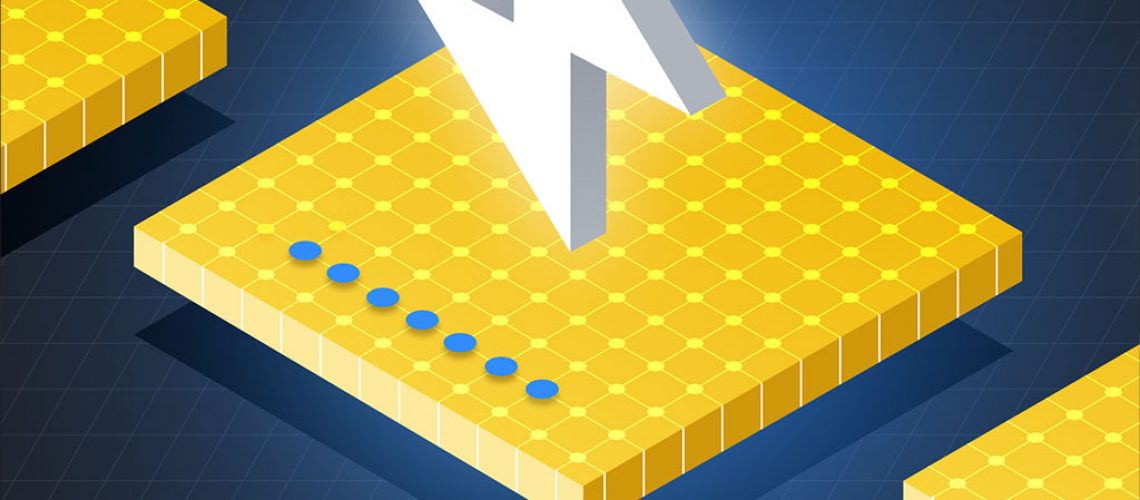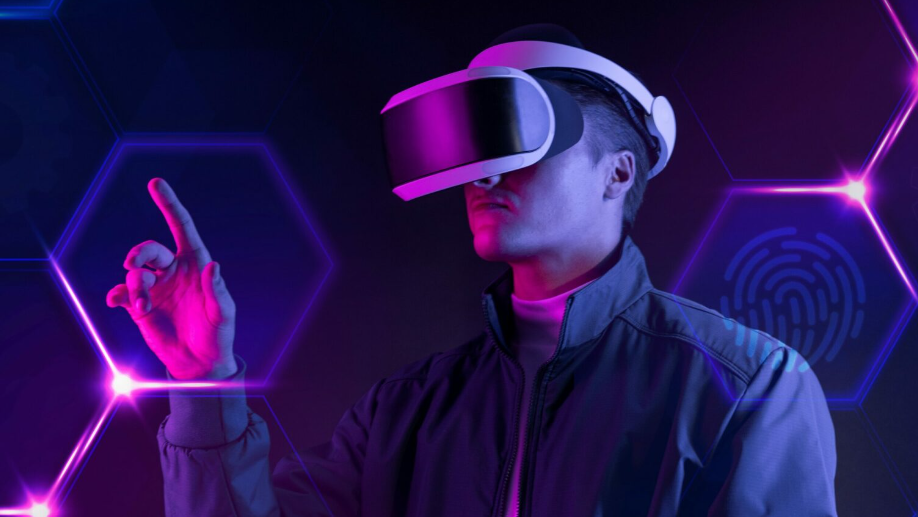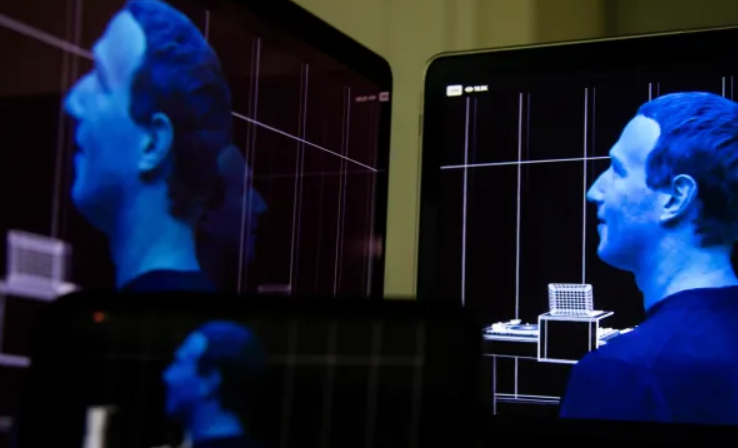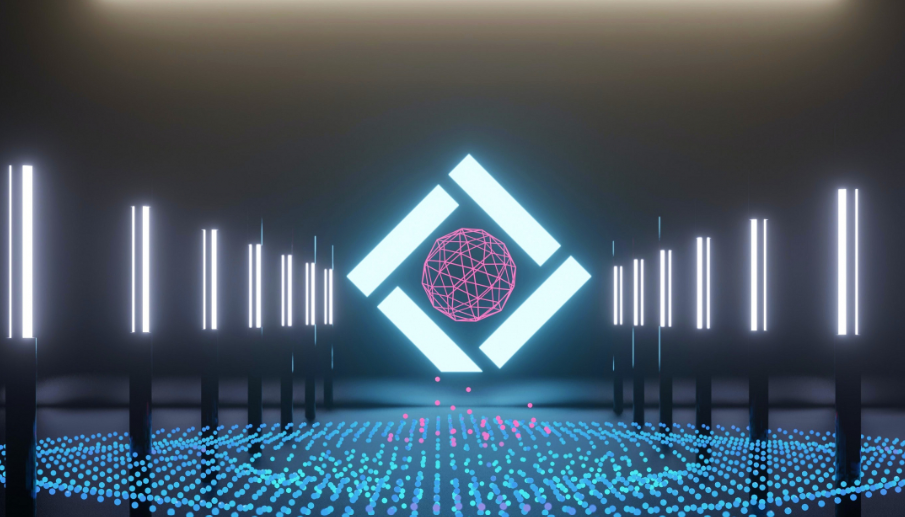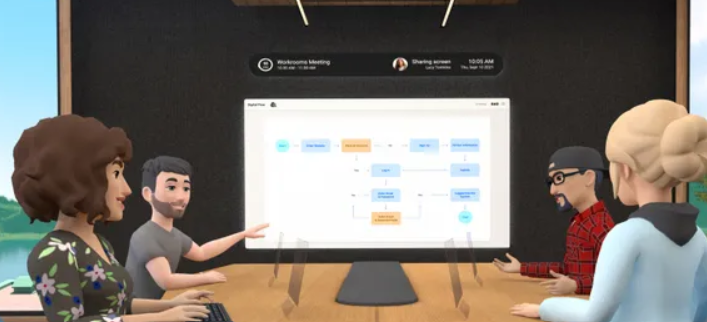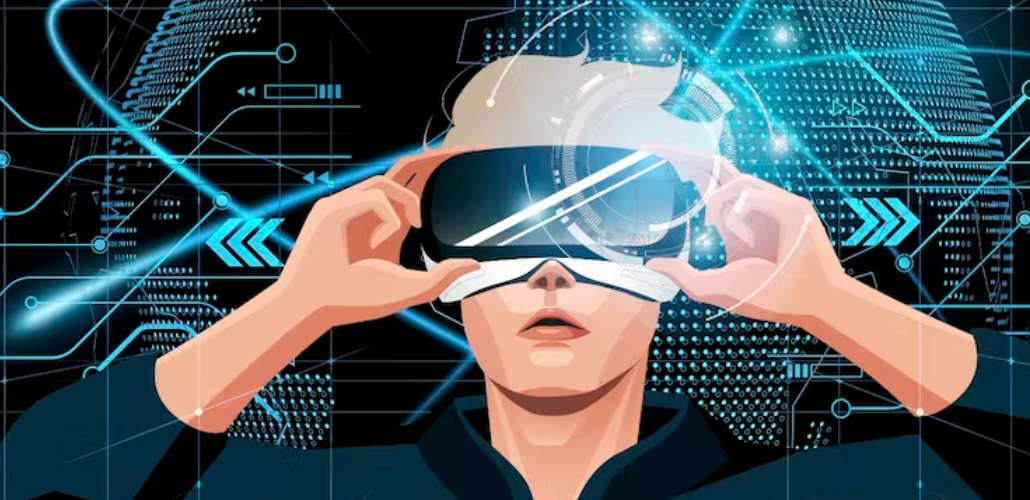The metaverse is a concept of a 3D digital world. It consists of virtual spaces that you can explore using an avatar you create. In the metaverse, you can play games, go shopping, hang out with friends at a virtual coffee shop, work with your colleagues in a virtual office, and much more. Some video games and work socialization tools have already implemented certain metaverse elements into their ecosystems.
Cryptocurrency projects like Decentraland and The Sandbox already have their digital world up and running. However, the metaverse concept is relatively new, so most of its functionalities are still under development. Companies like Facebook (now Meta), Microsoft, and Nvidia have also started creating their versions of the metaverse.
To offer an immersive metaverse virtual experience, tech companies are incorporating cutting-edge technologies to power the 3D world’s development. Such technologies include blockchain, augmented reality (AR) and virtual reality (VR), 3D reconstruction, artificial intelligence (AI), and the Internet of things (IoT).
Introduction
The idea of a metaverse originated from Neal Stephenson in 1992. His science fiction novel Snow Crash envisioned an online world where people could use digital avatars to explore and escape from the real world. Decades later, big technology companies have started to build their own versions of a futuristic metaverse. What is the metaverse, and how are big companies approaching it on the technology front?
What is the metaverse?
The metaverse is a concept of an online 3D digital world with virtual land and objects. Imagine a world in which you can work remotely, visit virtual museums to see the latest artworks, or join your fellow rock band fans at a virtual concert, all from the comfort of your home.
Axie Infinity, The Sandbox, Decentraland have already incorporated certain aspects of the metaverse to bring multiple elements of our lives into online worlds. However, the metaverse is still under development. No one knows whether there will be just one big all-encompassing metaverse or multiple metaverses that you can travel around.
As the idea continues to develop, it’s expected to expand beyond video games and social media platforms. Remote working, decentralized governance, and digital identity are just some of the potential features the metaverse can support. It can also become more multi-dimensional via connected VR headsets and glasses, so users can actually walk around physically to explore the 3D spaces.
The latest development of the metaverse
With Facebook changing its name to Meta in October 2021, the metaverse became the new favorite buzzword. To cater for its rebranding, the social media giant poured resources into a new division called Reality Labs to spend at least 10 billion dollars in 2021. The idea is to develop metaverse content, software, as well as AR and VR headsets, as CEO Mark Zuckerberg believes will be as widespread as smartphones in the future.
The COVID-19 pandemic has also accelerated the interest in developing metaverses. There is an increased demand for more interactive ways to connect with others as more people have started working remotely. Virtual 3D spaces that let coworkers join meetings, catch up, and collaborate are on the rise. The Microsoft Mesh unveiled in November 2021 is an example. It features immersive spaces for users to mingle and collaborate using their avatars, making remote team meetings more engaging and fun.
Some online games are embracing the metaverse as well. The AR mobile game Pokémon Go was among the first to tap into the concept by allowing players to hunt virtual Pokémons in the real world using a smartphone app. Fortnite, another popular game, has expanded its product to different activities inside its digital world, including hosting brand events and concerts.
Apart from social media and gaming platforms, tech companies like Nvidia have opened new opportunities in virtual worlds. Nvidia Omniverse is an open platform designed to connect 3D spaces into a shared universe to facilitate virtual collaboration between engineers, designers, and creators. It’s currently being used across different industries. For instance, the BMW Group is using the Omniverse to reduce production time and improve product quality by smart manufacturing.
Key technologies that power the metaverse
To make the metaverse experience more immersive, companies are using cutting-edge technologies like blockchain, augmented reality (AR) and virtual reality (VR), 3D reconstruction, artificial intelligence (AI), and the Internet of things (IoT) to power the 3D world.
Blockchain and cryptocurrency
Blockchain technology provides a decentralized and transparent solution for digital proof of ownership, digital collectibility, transfer of value, governance, accessibility, and interoperability. Cryptocurrencies enable users to transfer value while they work and socialize in the 3D digital world.
For example, crypto can be used to buy virtual lands in Decentraland. Players can purchase 16×16 meter land parcels in the form of non-fungible tokens (NFTs) with the game’s cryptocurrency MANA. With the support of blockchain technology, the ownership of these virtual lands can be established and secured.
In the future, crypto can potentially incentivize people to actually work in the metaverse. As more companies take their offices online for remote working, we might see metaverse-related jobs being offered.
For a more in-depth exploration of these areas, check out What Is the Metaverse?.
Augmented reality (AR) and virtual reality (VR)
Augmented reality (AR) and virtual reality (VR) can give us an immersive and engaging 3D experience. These are our entry points to the virtual world. But what’s the difference between AR and VR?
AR uses digital visual elements and characters to morph the real world. It’s more accessible than VR and can be used on almost any smartphone or digital device with a camera. Through AR applications, users can view their surroundings with interactive digital visuals, similar to what we have in the mobile game Pokémon GO. When players open the camera on their phones, they can see Pokémons in the real-world environment.
VR works differently. Much like the metaverse concept, it produces an entirely computer-generated virtual environment. Users can then explore it using VR headsets, gloves, and sensors.
The way AR and VR work shows an early model of the metaverse. VR is already creating a digital world that incorporates fictional visual content. As its technology becomes more mature, VR can expand the metaverse experience to involve physical simulations with VR equipment. Users will be able to feel, hear and interact with people from other parts of the world. Considering the hype around the metaverse, we can expect more metaverse companies to invest in AR and VR equipment development in the near future.
Artificial intelligence (AI)
Artificial intelligence (AI) has been widely applied in our lives in recent years: business strategy planning, decision making, facial recognition, faster computing, and more. More recently, AI experts have been studying the possibilities of applying AI to the creation of immersive metaverses.
AI has the potential to process a lot of data at lightning speed. Combined with machine learning techniques, AI algorithms can learn from previous iterations, taking into account historical data to come up with unique outputs and insights.
Within the metaverse, AI can be applied to the non-player characters (NPCs) in different scenarios. NPCs exist in almost every game; they are a part of the gaming environment designed to react and respond to players’ actions. With AI’s processing abilities, NPCs can be placed across the 3D spaces to facilitate lifelike conversations with users or perform other specific tasks. Unlike a human user, an AI NPC can run on its own and be used by millions of players at the same time. It can also work in several different languages.
Another potential application for AI is in the creation of metaverse avatars. AI engines can be used to analyze 2D images or 3D scans to generate avatars that look more realistic and accurate. To make the process more dynamic, AI can also be used to create different facial expressions, hairstyles, clothes, and features to enhance the digital humans we create.
3D reconstruction
While this is not new technology, the use of 3D reconstruction has been rising during the pandemic, especially in the real estate industry, as lockdowns prevented potential buyers from visiting properties in person. Therefore, some agencies adopted 3D reconstruction technology to generate virtual property tours. Much like the metaverse we imagined, buyers could look around potential new homes from anywhere and make purchases without even having stepped foot inside.
One of the challenges for the metaverse is to create a digital environment that appears as close to our real world as possible. With the help of 3D reconstruction, it can create realistic and natural-looking spaces. Through special 3D cameras, we can take our world online by rendering accurate 3D photorealistic models of buildings, physical locations, and objects. The 3D spatial data and 4K HD photography are then passed to computers to process and generate a virtual replica in the metaverse for users to experience. These virtual replicas of physical world objects can also be referred to as digital twins.
Internet of things (IoT)
The concept of the Internet of things (IoT) was first introduced in 1999. Simply put, IoT is a system that takes everything in our physical world and connects them to the Internet through sensors and devices. After connecting to the Internet, these devices will have a unique identifier and the ability to send or receive information automatically. Today, IoT is connecting thermostats, voice-activated speakers, medical devices, and much more to a wide range of data.
One of the applications of IoT on the metaverse is to collect and provide data from the physical world. This would increase the accuracy of the digital representations. For example, IoT data feeds could change the way certain metaverse objects function based on the current weather or other conditions.
Implementing IoT can seamlessly connect the 3D world to a large number of real-life devices. This enables the creation of real-time simulations in the metaverse. To further optimize the metaverse environment, IoT could also use AI and machine learning to manage the data it collects.
Challenges of the metaverse
The metaverse is still in its early stages of development. Some challenges include identity authentication and privacy control. In the real world, it’s often not difficult to identify someone. But as people traverse the digital world in their avatars, it will be difficult to tell or prove who the other person is. For example, malicious actors or even bots could enter the metaverse pretending to be someone else. They could then use this to damage their reputation or to scam other users.
Another challenge is privacy. The metaverse relies on AR and VR devices to offer an immersive experience. These technologies with camera capabilities and unique identifiers could eventually lead to undesirable leaks of personal information.
Closing thoughts
While the metaverse is still under development, many companies are already exploring its potential. In the crypto space, Decentraland and The Sandbox are notable projects, but big companies like Microsoft, Nvidia, and Facebook are also getting involved. As AR, VR, and AI technologies advance, we will likely see exciting new features in these virtual, borderless worlds.

